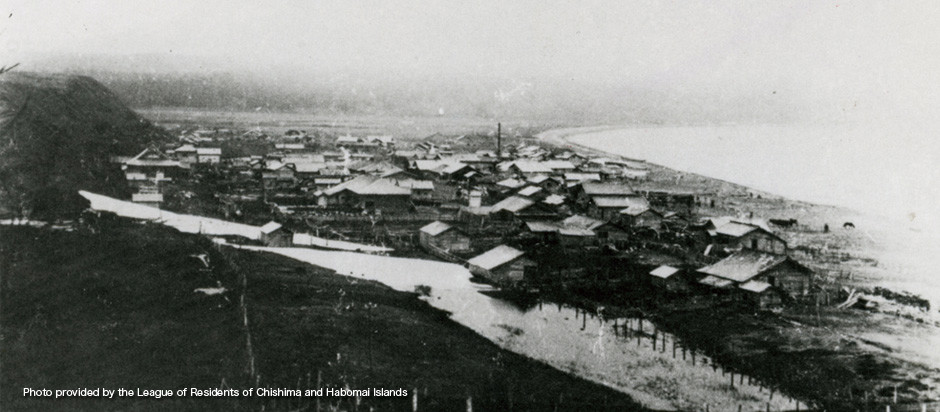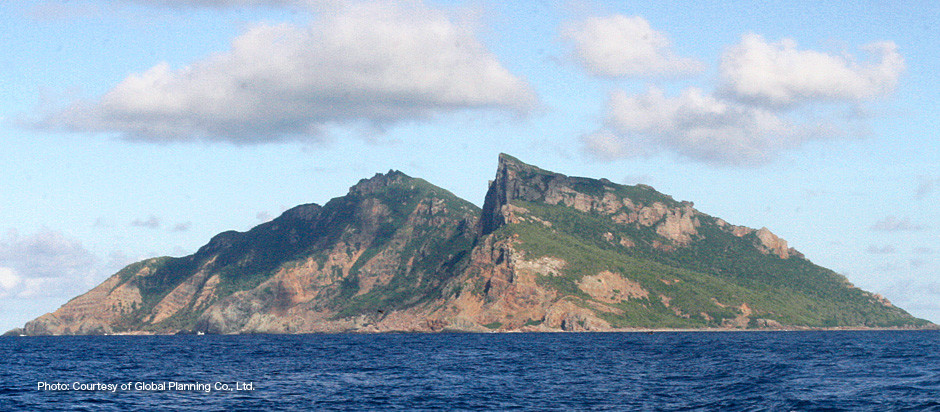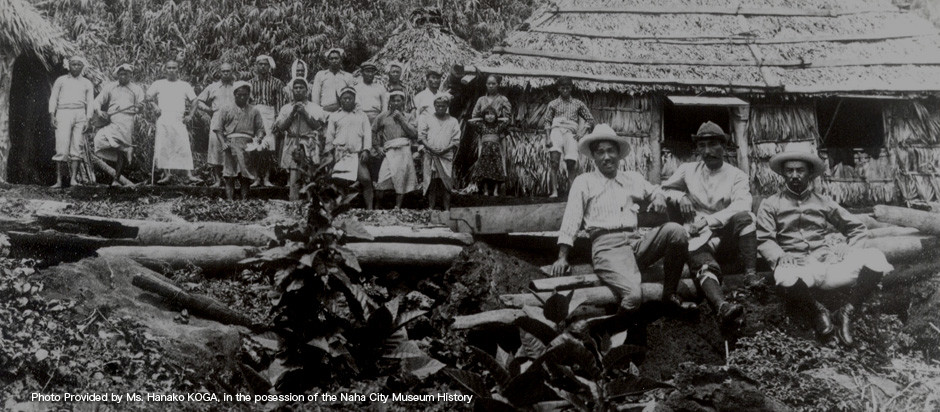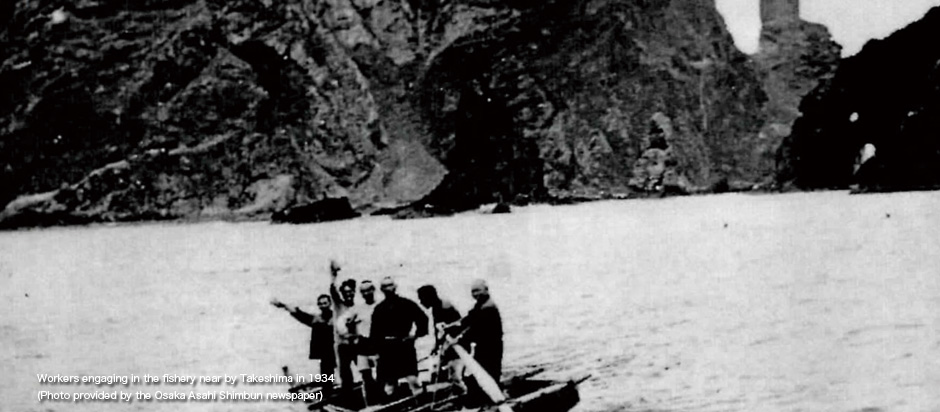The SPF Review of Island Studies
-
International Legal Regime regarding Islands and Rocks HAYASHI Moritaka

-
Legal Status of Uninhabited Islets and Small Islands MIYOSHI Masahiro

-
The South Sea Islands and Japanese Mandatory Rule over Them. KOBAYASHI Izumi

-
The Positions of the United States and the United Kingdom regarding the Senkaku Islands
at the time of the Okinawan Reversion. TAKAI Susumu

-
U.S. Recognition of Japanese Sovereignty Over the Senkaku Islands. Raul (Pete) Pedrozo

-
Japan’s Island Territories and the Three Manners of Warfare. TAKAI Susumu

-
Creation of the New National Museum of Territory and Sovereignty‐To build a place for thinking about Japan’s territories. TAKAHASHI Noritsugu

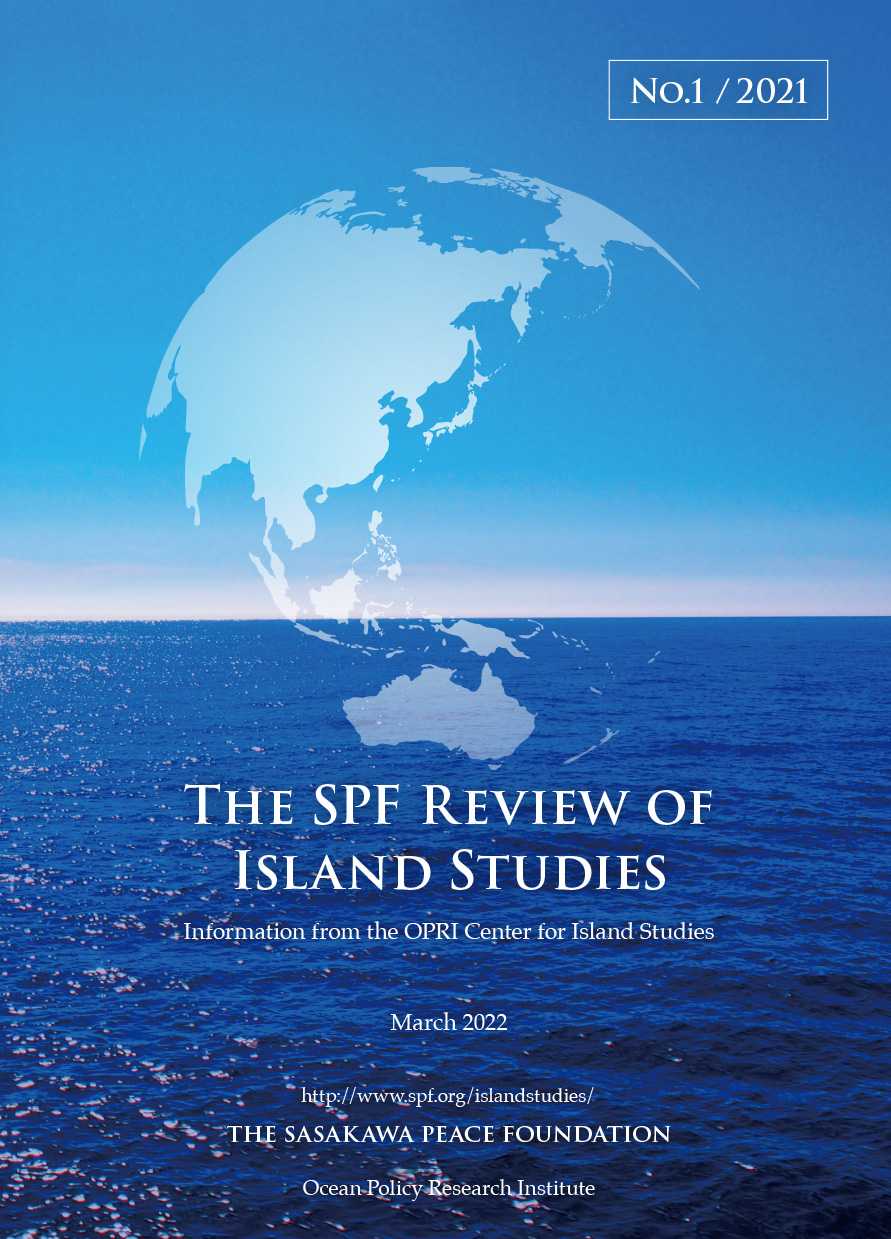
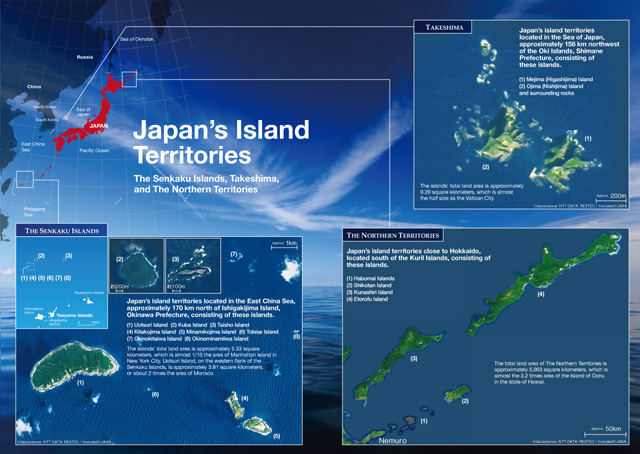
Japan’s Island Territories
The Senkaku Islands, Takeshima, and The Northern Territories

-
The Info Library clearly shows how the Senkaku Islands, Takeshima and the Northern Territories, consisting of the four islands of Etorofu, Kunashiri, Shikotan and Habomai, are historically and internationally part of the territory of Japan. Please make use of these materials to correctly understand the legal status and geographical and historical background of the island territories of Japan.
Download(PDF: 7MB)




Research
Featured
The South Sea Islands and Japanese Mandatory Rule over Them
KOBAYASHI Izumi (Oct 06, 2021)
As the Senkaku Islands are Japanese territory, Japan has jurisdiction over the territorial sea and EEZ pertaining to them. China also claims the islands, though, which superficially presents competing jurisdictional claims. In this paper, the legal specialist Miyoshi Masahiro examines aspects of the law governing Japan’s response to foreign governmental ships in its territorial sea and EEZ. He also explores the causes of the overlapping claims problem from an international law perspective.
International Law and Japan's Territorial Disputes
Raul (Pete) Pedrozo (Feb 06, 2018)
Although Japan renounced its claims to these lands, the San Francisco Peace Treaty(SFPT)failed to declare a successor State. Thus, five of the highly contentious territorial disputes that plague Asia-Pacific today have their roots in the SFPT, three of which involve Japan—Kurile Islands/Northern Territories, Liancourt Rocks (Dokdo/Takeshima) and Pinnacle Islands (Diaoyu/Senkakus). Over the years, these disputes have intensified as a result of rising nationalism and a growing demand for living and non-living ocean resources. In particular, the exclusive economic zone (EEZ) provisions of the United Nations Convention on the Law of the Sea, which were designed to accommodate the interests of the developing States in exercising exclusive resource rights out to two hundred nautical miles (nm), have had the unintended consequence of intensifying resource competition and rekindling these longstanding territorial disputes.
Latest
KOBAYASHI Izumi (Sep 18, 2023)
Readings
Featured
The Discovery of Islands and Pirates
SHIMADA Yukio (Sep 17, 2021)
Struggles for territory often underlie the history of mankind. Territorial disputes develop into wars, which end with the conclusion of peace treaties. With few exceptions, peace treaties include clauses of territory. As titles to acquire national territory, leading books of international law usually cite six methods: discovery, cession, annexation, prior occupation, conquest, and prescription. In fact, until the first half of the 16th century, scholars stood for discovery as a complete title to territory, but later it was believed that discovery was just an inchoate title and that this title needed to be completed by effective prior occupation within a reasonable time. It is said that in the Middle Ages, the size of feudal lords’ territory was determined according to their power. As years go by, such a way of thinking seemed to lay the foundation for overseas expansion in the Age of Exploration. “The discovery of America and that of the passage to East India via the Cape of Good Hope are two of the greatest and most important events recorded in the history of mankind.” This is the famous remark made by Adam Smith (1723-1790), and it would be safe to say that these two discoveries, in other words, the discovery of the American continents and that of the passage to India, led to the development of world history to the present day with Western Europe as its center. Why, then, are they called “discovery”? Discovery requires something unknown. It was the Europeans that they were unknown to, and they might not have been unknown to native Americans and Indians. Until the 15th century, the Europeans did not know regions other than Europe, nor did they show any interest therein. Formerly, this period was often called the “Age of Discovery,” but objections were raised to the discovery of America by Christopher Columbus, and today, it is called not “discovery” but “encounter” and the “Age of Exploration.” Even in the 20th century, there are cases in which the acquisition of territory through discovery was mentioned in international arbitral awards, and therefore, discovery is not necessarily an issue of the past. This article sheds light on the act of discovering islands and examines what effects discovery had on the world in subsequent years with focus on the remarkable activities of pirates in particular.
Marine Scientific Research by Third Countries over the Extended Continental Shelf
SHIMOYAMA Kenji (Mar 22, 2020)
The Benham Rise constitutes the greater part of the extended continental shelf of the Philippines. It has been pointed out since early on that there may be large deposits of oil and natural gas under the Benham Rise, and the waters over the Benham Rise also have abundant marine living resources. The Philippine government submitted information on the limits of the continental shelf to the Commission on the Limits of the Continental Shelf (CLCS) in order to exercise its sovereign rights to the Benham Rise as well as the 200-nautical-mile conventional continental shelf. Following the recommendation of the CLCS, the Philippine government deposited charts and relevant information describing the outer limits of the continental shelf beyond 200 nautical miles with the Secretary-General of the United Nations in accordance with Article 76, paragraph 9. If it is assumed that the Chinese ship was carrying out marine scientific research on the Benham Rise, it follows that the research ship was on the high seas even if it was engaged in a survey of the extended continental shelf. Aren’t there fears that any problems arise from this situation under international law? The present paper examines this issue while analyzing discussions about this question.
Latest
TAKAHASHI Noritsugu (Sep 15, 2022)
THE SENKAKU ISLANDS
Facts&Figures
Feb 17, 2015
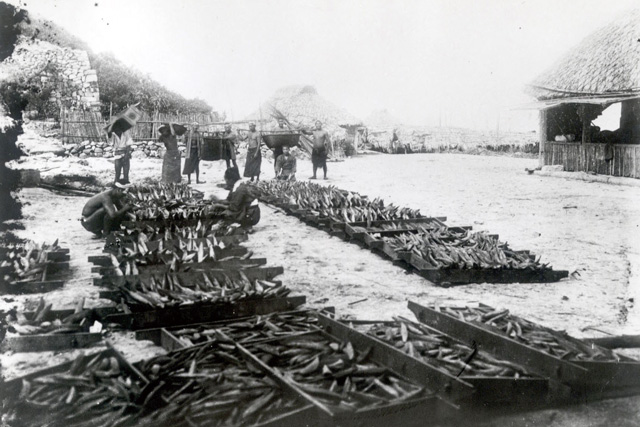
The Government of Japan conducted surveys of the Senkaku Islands and confirmed that the Islands had been not only uninhabited but also showed no trace of having been under the control of the Qing Dynasty of China. Based on this confirmation, the Government of Japan made a Cabinet Decision on January 14, 1895, to erect markers on the islands to formally incorporate the Senkaku Islands into the territory of Japan. These measures were carried out in accordance with the internationally accepted means of duly acquiring territorial sovereignty under international law (occupation of terra nullius).
The Senkaku Islands Facts & Figures(F&F)site provides facts that are based on the official documents and research reports to enhance the understanding that the Senkaku Islands have historically, internationally, and consistently been part of the territory of Japan.
TAKESHIMA
Facts&Figures
Feb 17, 2015
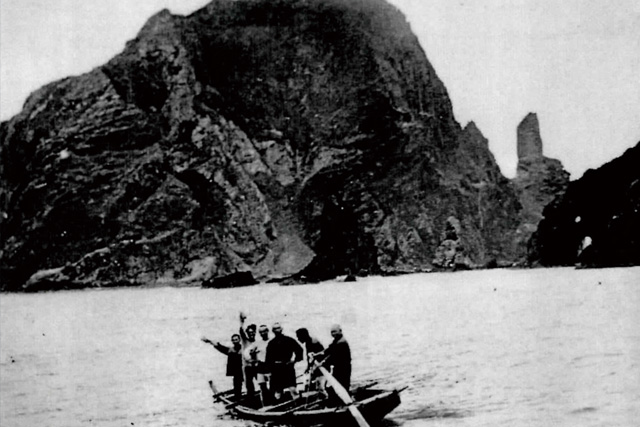
(Photo provided by the Osaka Asahi Shimbun newspaper)
The Government of Japan officially named the Islands “Takeshima” and decided that the Islands would come under the jurisdiction of the Oki Island branch office of the Shimane Prefectural Government by Cabinet Decision on January 1905. The Cabinet Decision reconfirmed Takeshima as Japanese territory. Japan has exercised its sovereignty over Takeshima peacefully and continuously since then.
The Takeshima Facts & Figures(F&F)site provides facts that are based on the official documents and research reports to enhance the understanding that Takeshima has historically, internationally, and consistently been an inherent part of the territory of Japan.
THE NORTHERN TERRITORIES Facts&Figures
Feb 17, 2015

The Northern Territories, consisting of the four islands of Etorofu, Kunashiri, Shikotan and Habomai, are an inherent part of the territory of Japan, which have never been held by foreign countries. The Soviet Union unilaterally incorporated the territories into its own territories without any legal grounds, and expelled all Japanese residents (approximately 17,000 people) from the Four Northern Islands.
The Northern Territories Facts & Figures(F&F)site provides facts that are based on international and official documents to let Japanese people know the historical background and natural environment of the Northern Territories. The photos on the site show the Japanese residents of the Four Northern Islands at that time.
Briefs
- Apr 01, 2015 The name of the OPRF Center for Island Studies has been changed to the OPRI Center for Island Studies, SPF
- Feb 17, 2015 New: Senkaku Islands Facts & Figures
- Dec 25, 2014 List of Japanese Islands
- Dec 25, 2014 Change in English Translation Policy


 RSS
RSS